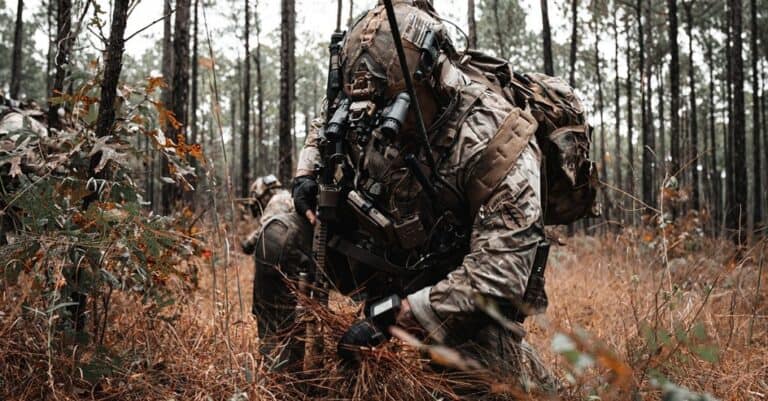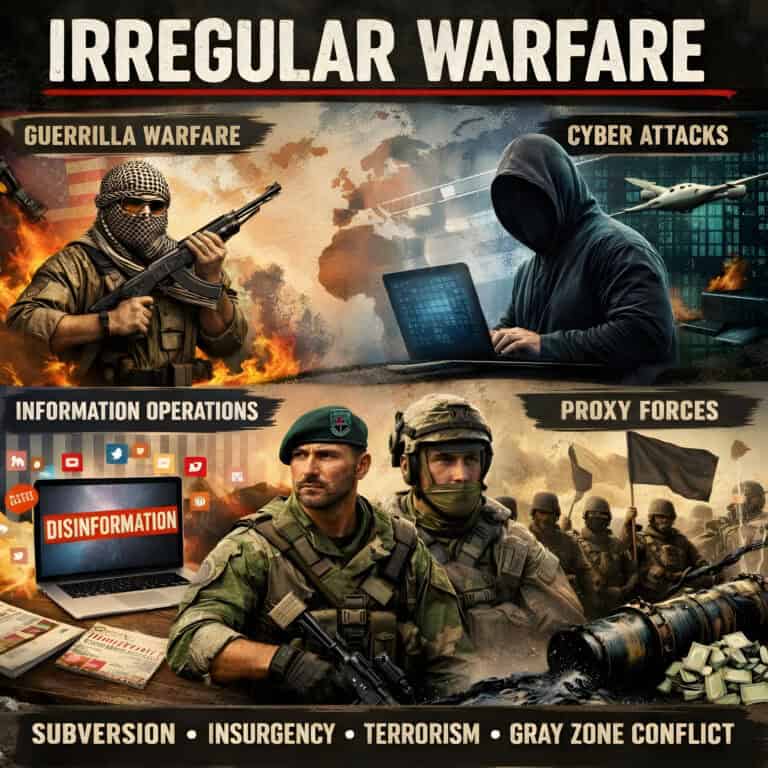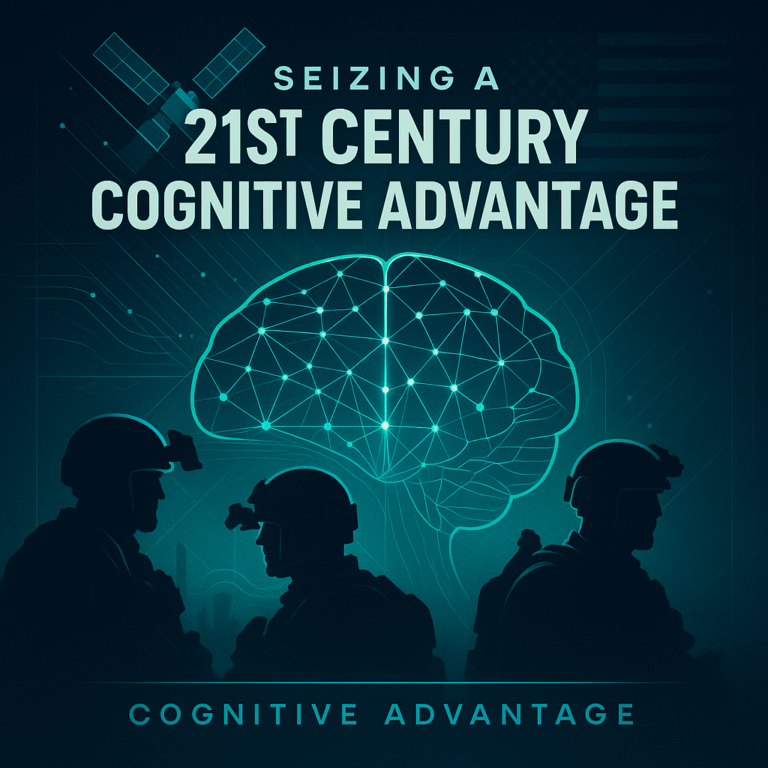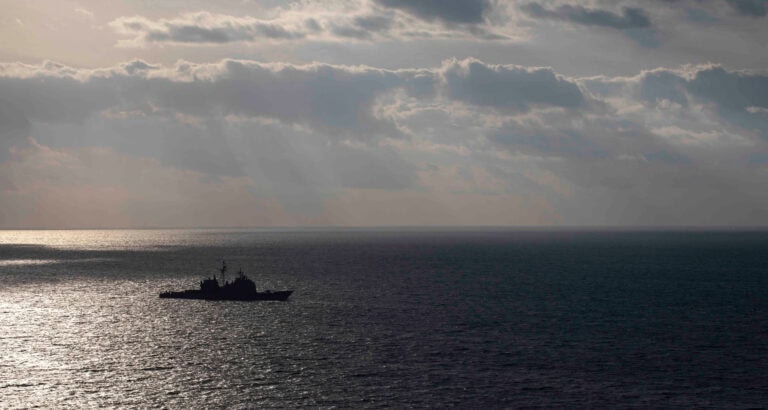News & Briefings
Get the latest news and SOF commentary here. Your source for all news SOF since 2017.

F3EAD: Find, Fix, Finish, Exploit, Analyse, Disseminate. It is an acronym known and used widely within special operations. It’s kinetic and sequential, and that surface simplicity is its power: it bundles the life-cycle of a target from awareness to actionable intelligence into a flexible workflow. In practice, F3EAD is both a targeting doctrine and a mental model that helps intelligence and operational teams move faster while preserving analytic rigour and legal/ethical guardrails.
F3EAD is simply the latest in a long line of targeting methodology acronyms still doctrinally taught and operationally used today. For example, the OODA (Observe, Orient, Decide, Act) methodology, developed by John Boyd, is famously taught to many military officers and is distinctly incorporated into the F3EAD process. Even in the mysterious world of cybersecurity and ethical hacking, we see a version of F3EAD that simply repackages the process into an acronym using the lingua franca of the cyber world: Reconnaissance, Weaponise, Deliver, Exploit, Install, Command and Control (Cyber Kill Chain). [source, source]
Missions are carried out through the lens of F3EAD. It is the framework by which all intelligence disciplines fuse together to remove individuals from the battlespace.

For generations, the Indian Scouts served as the essential eyes and ears of the United States Army across the vast, unforgiving landscapes of the American West. Decades before radios, satellites, night-vision devices, drones, or GPS changed warfare, these Indigenous warriors perfected the arts of tracking, reconnaissance, infiltration, and survival.

Irregular warfare (IW) seems to be a topic with an equal ability to generate enthusiasm, resistance, and confusion. While the topic is without question of critical importance within the US military, the challenge remains how to define it, how to translate a definition into practical application, and, perhaps most importantly, how to inculcate the force to embrace it as requisite professional knowledge. For my colleagues who would quickly point out the DoD Instruction (DODI) 3000.07 Irregular Warfare published in September 2025 as an answer to my concerns, I can only say, “Oh how I wish it were that simple.” The DODI is latest in a long line of noble attempts to resolve this situation with an official document (e.g., the 2007 Joint Operating Concept, the 2010 Joint Integrating Concept, the 2020 Annex to the National Defense Strategy, and the 2023 Department of Defense Implementation Guidance. to name only a few). It will take more than a strongly worded document insisting that the Department of Defense places a premium on this capability (and therefore you should too) when it simultaneously disbands 33 percent of its Security Force Assistance Brigades in the name of restoring proper warfighting capability.

TAMPA, Fla. — Modern competition rarely begins with open conflict. Instead, it unfolds in the gray zone, the space between peace and war, where influence, access and perception shape outcomes long before force is employed. That reality framed discussions at the 2025 SOF & Irregular Warfare Symposium, December 10 and 11, 2025, at the Chester H. Ferguson Law Center in Tampa Florida, where military leaders, senior defense officials and academic experts examined how the United States is adapting to strategic competition short of armed conflict.

“Information technology is expected to make a thousandfold advance over the next 20 years. In fact, the pace of development is so great that it renders our current materiel management and acquisition system inadequate. Developments in information technology will revolutionize-and indeed have begun to revolutionize-how nations, organizations, and people Interact. The rapid diffusion of information, enabled by these technological advances, challenges the relevance of traditional organizational and management principles. The military implications of new organizational sciences that examine internetted, nonhierarchical versus hierarchical management models are yet to be fully understood. Clearly, Information Age technology, and the management Ideas It fosters, will greatly Influence military operations in two areas – one evolutionary, the other revolutionary; one we understand, one with which we are just beginning to experiment. Together, they represent two phenomena at work in winning what has been described as the information war – a war that has been fought by commanders throughout history.” – Force XXI Operations

The solution to maritime logistics challenges may not be a purely military one but, rather, one pulled from the playbook used by ghost fleets, smugglers and other illicit networks.
Mobility, sustainment and logistics are the heartbeat of warfare because they are among the most important core functions that enable and empower operations, combat or otherwise. In other words, these functions help convert a nation’s resources into kinetic combat power. A military cannot fight effectively without the ability to move forces and maintain continuous resupply in an operational theatre. But in any war the unexpected and the overlooked can be relied on to assert themselves in ways that challenge commanders to think creatively about complex problems. In a future Indo-Pacific war, how can the United States military and its partners execute effective logistics in an environment which will almost certainly be contested from garrison to combat?
No results found.
Stay Up To Date
Subscribe to Our Newsletter and Stay Up to Date with the Latest Special Operations Forces Support News and Events
